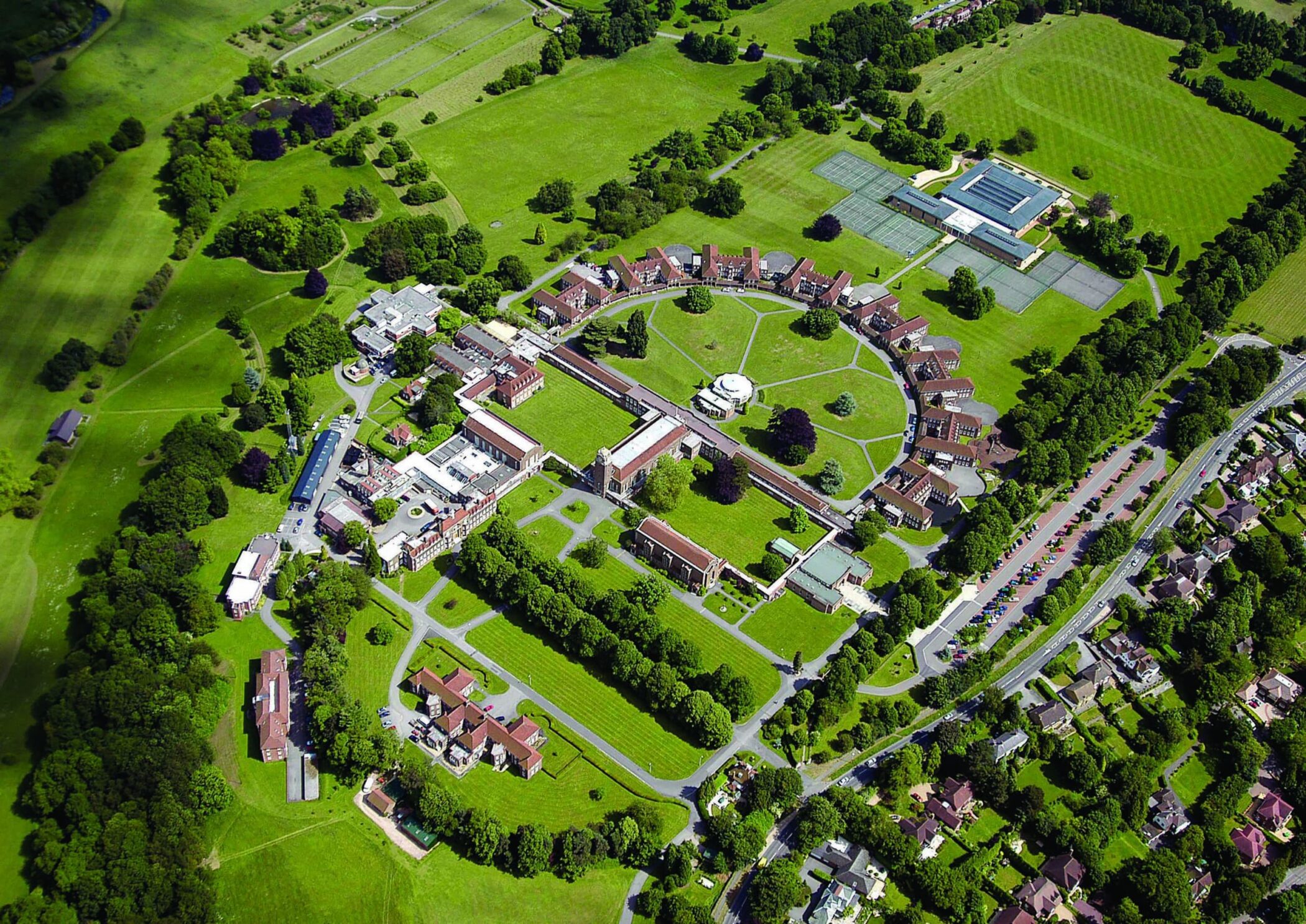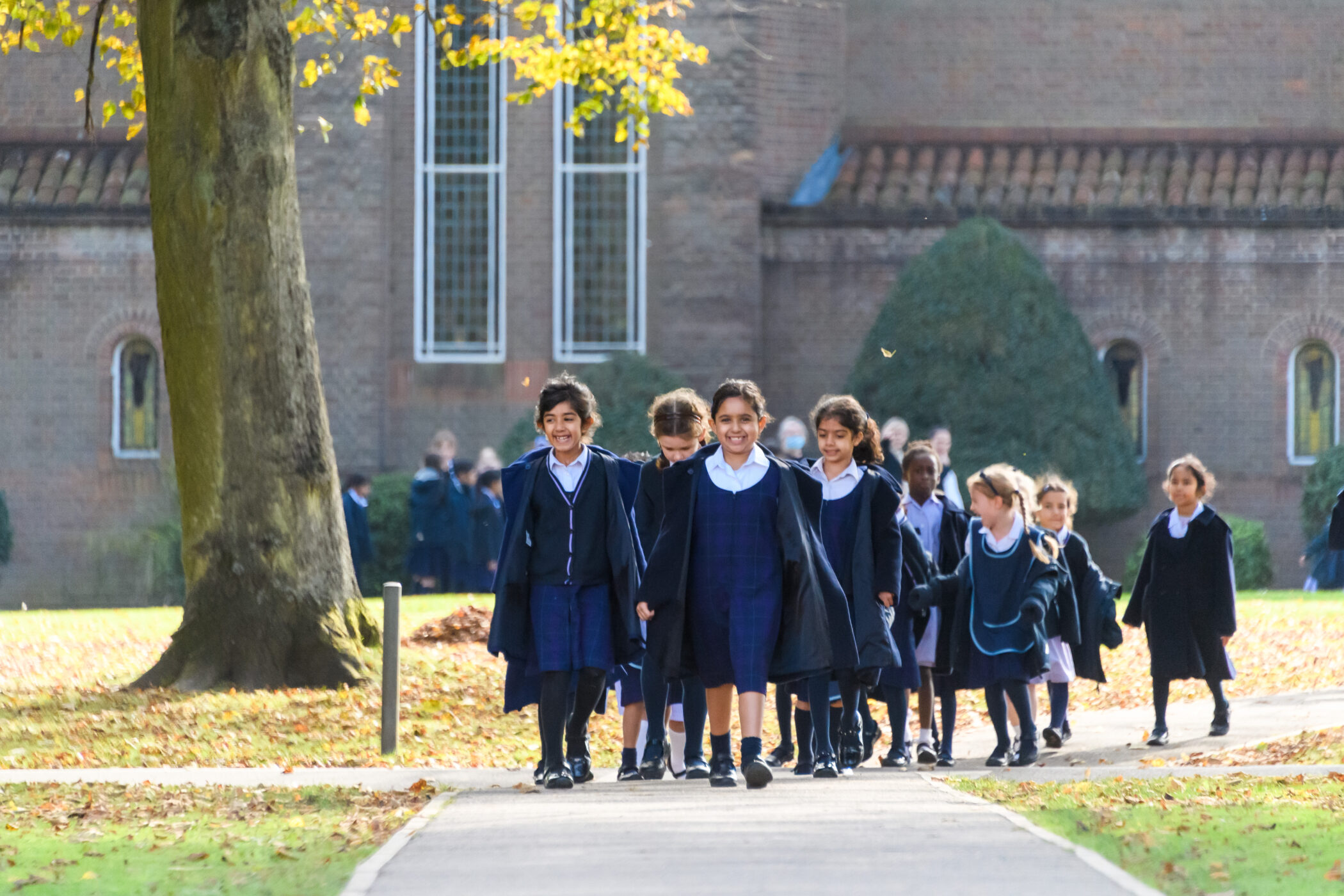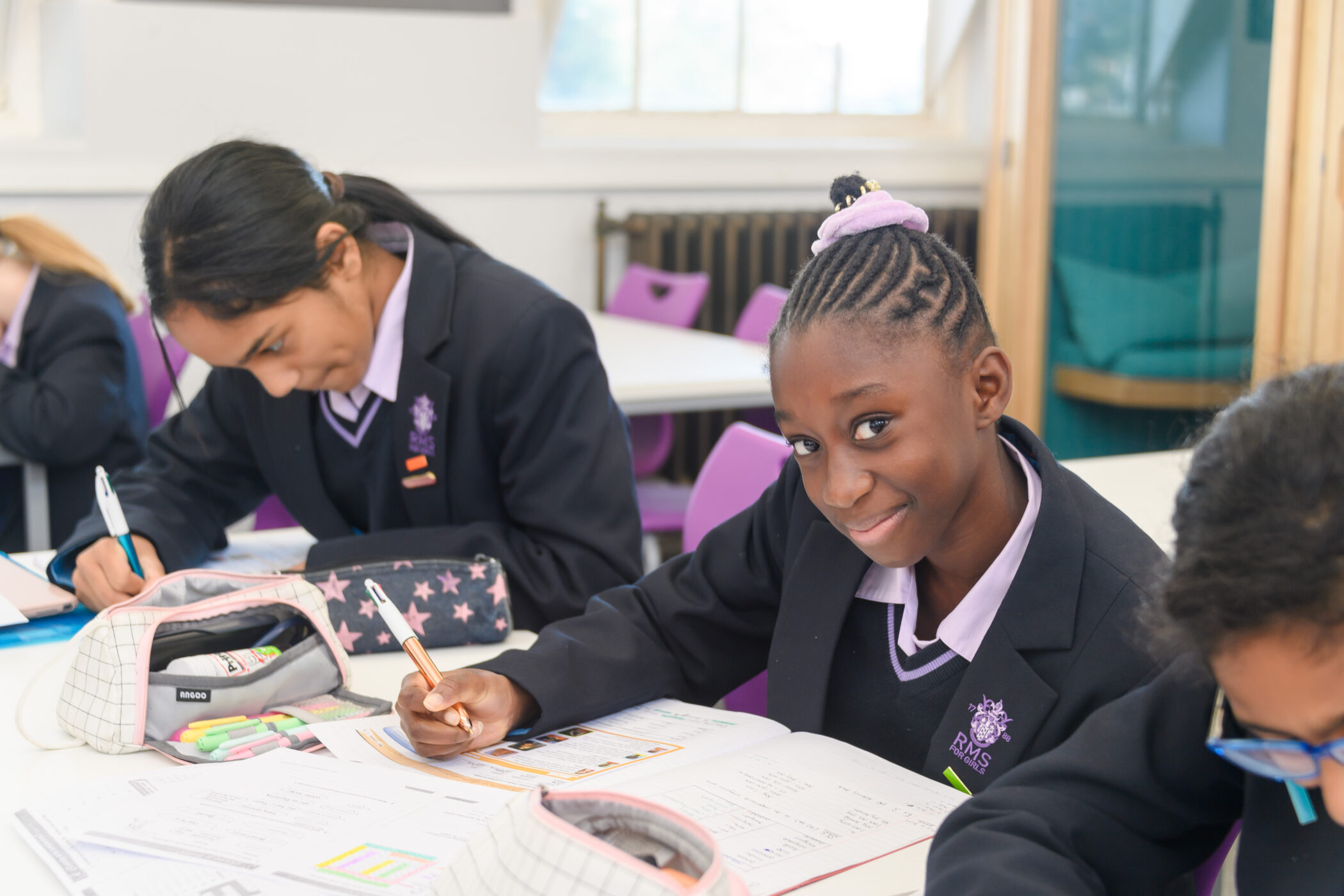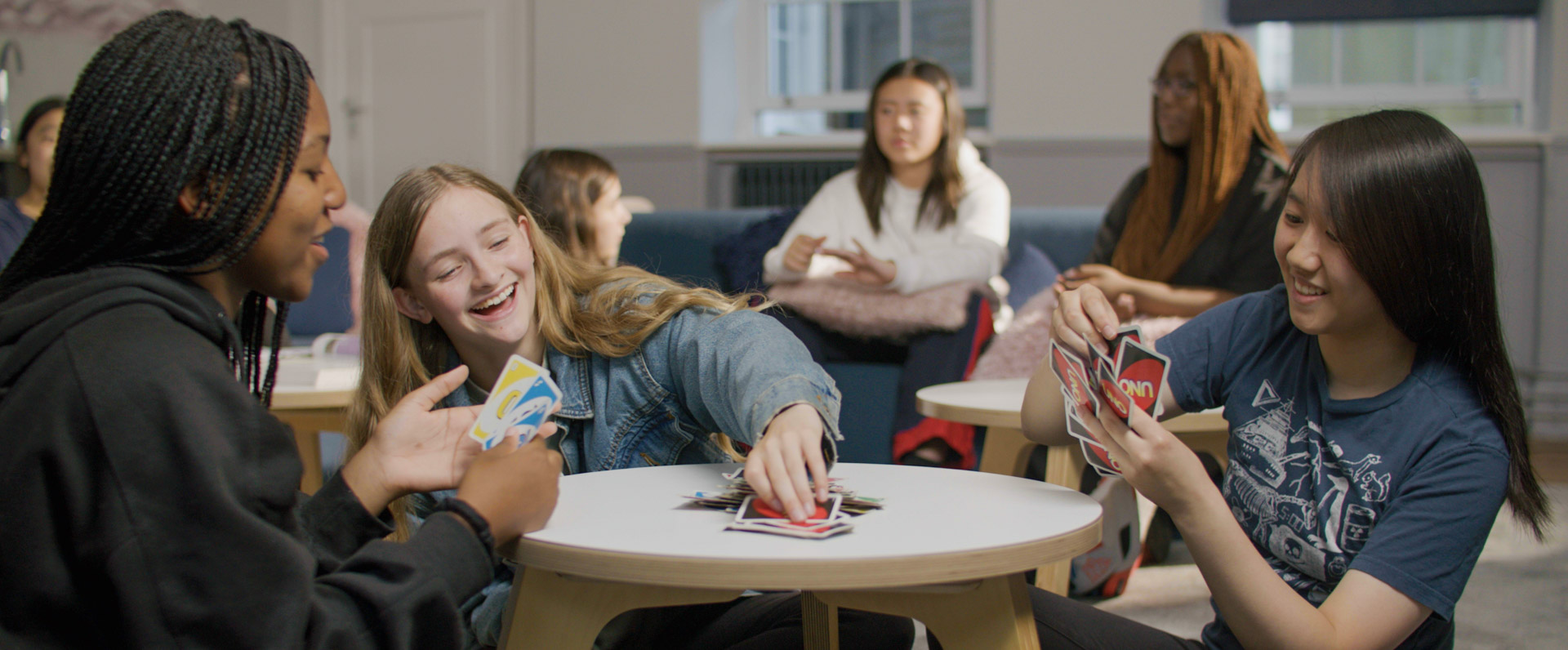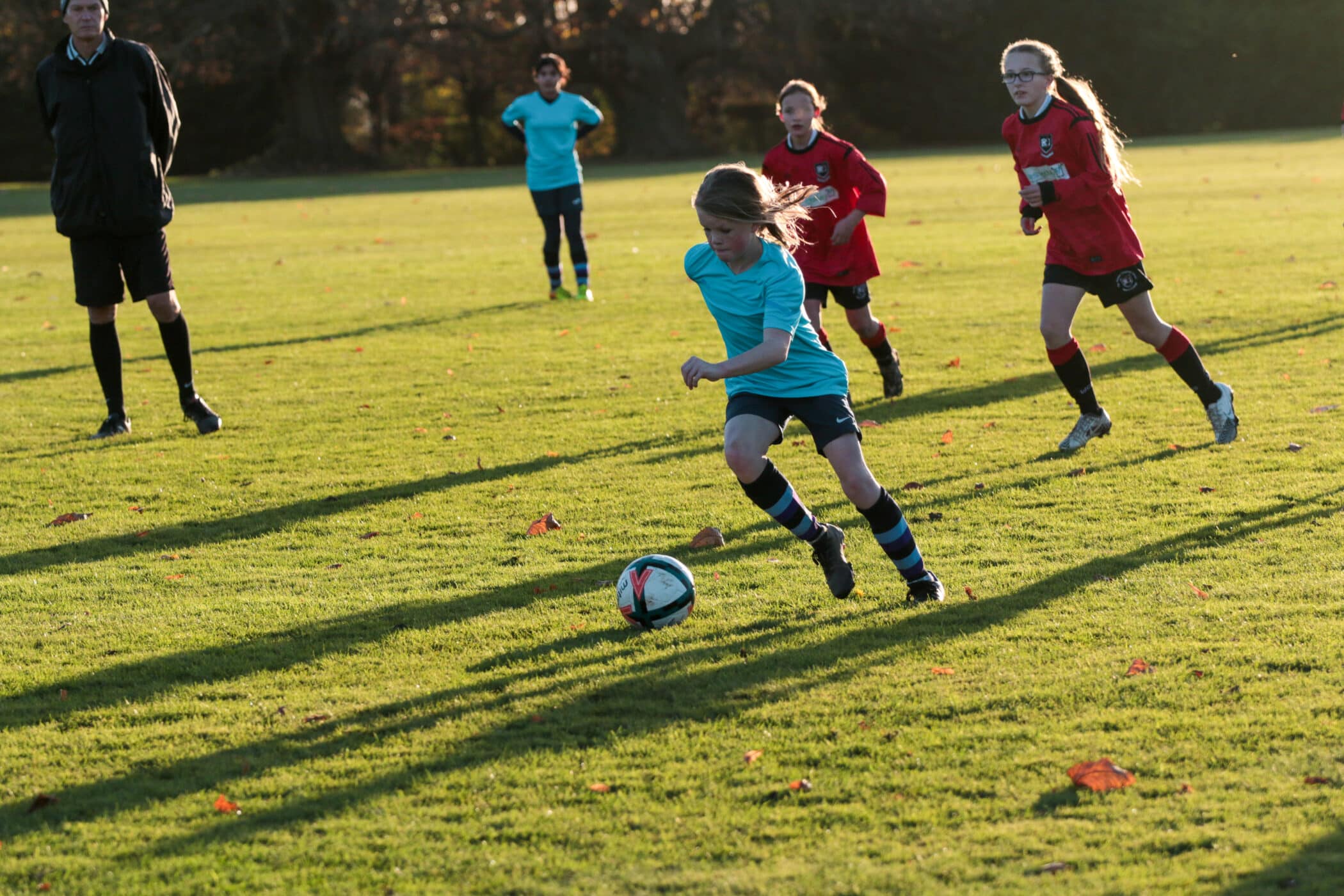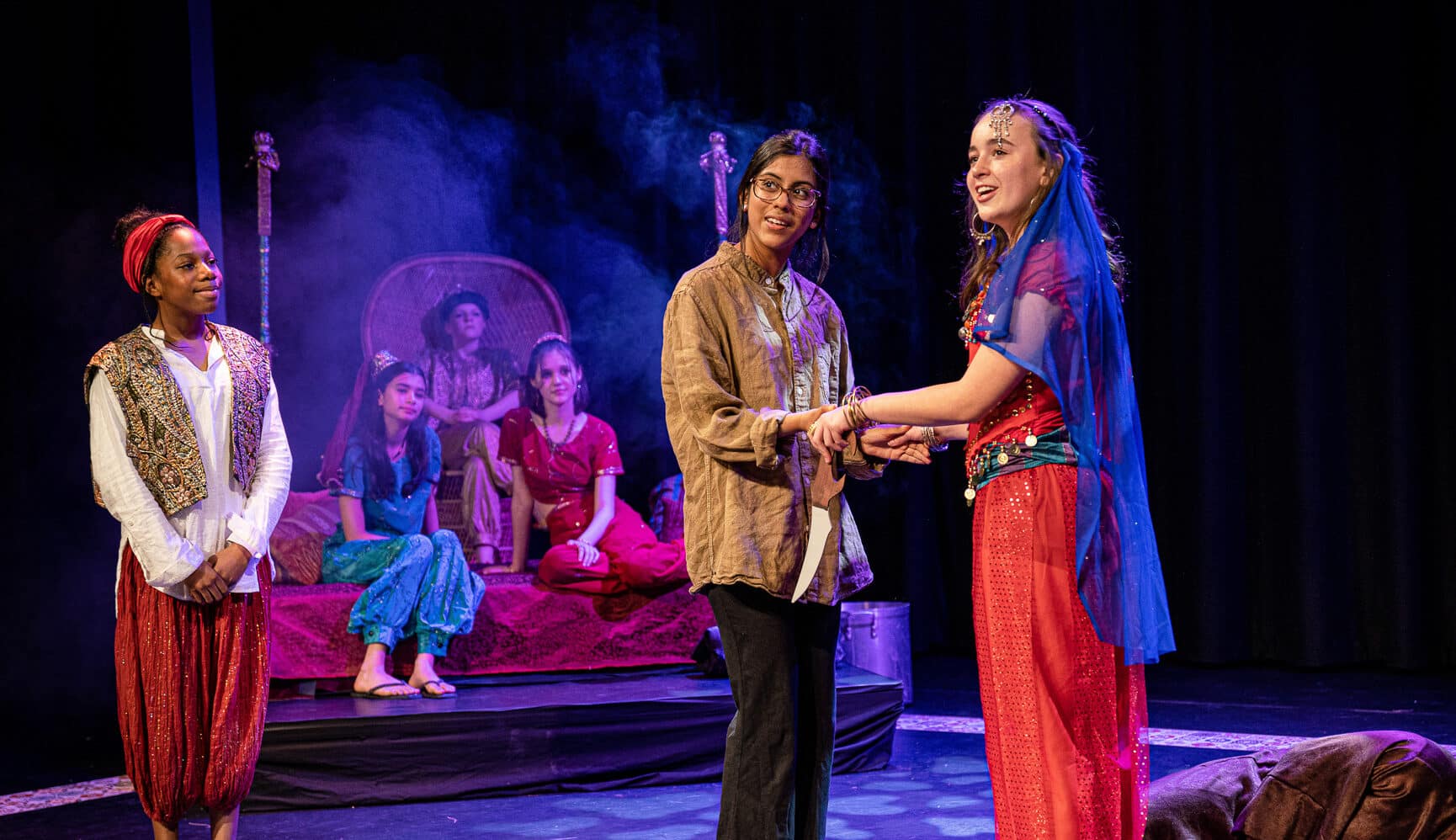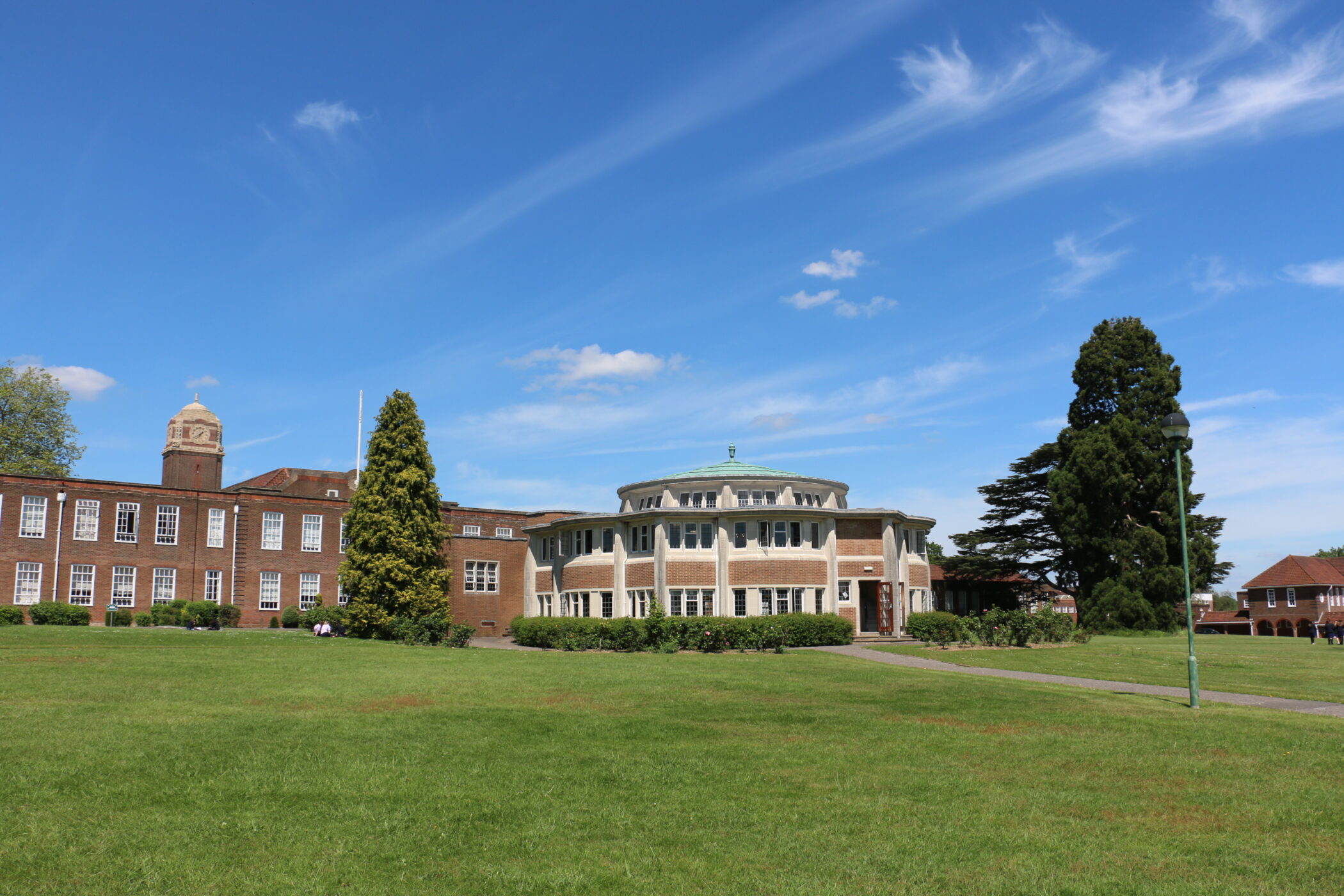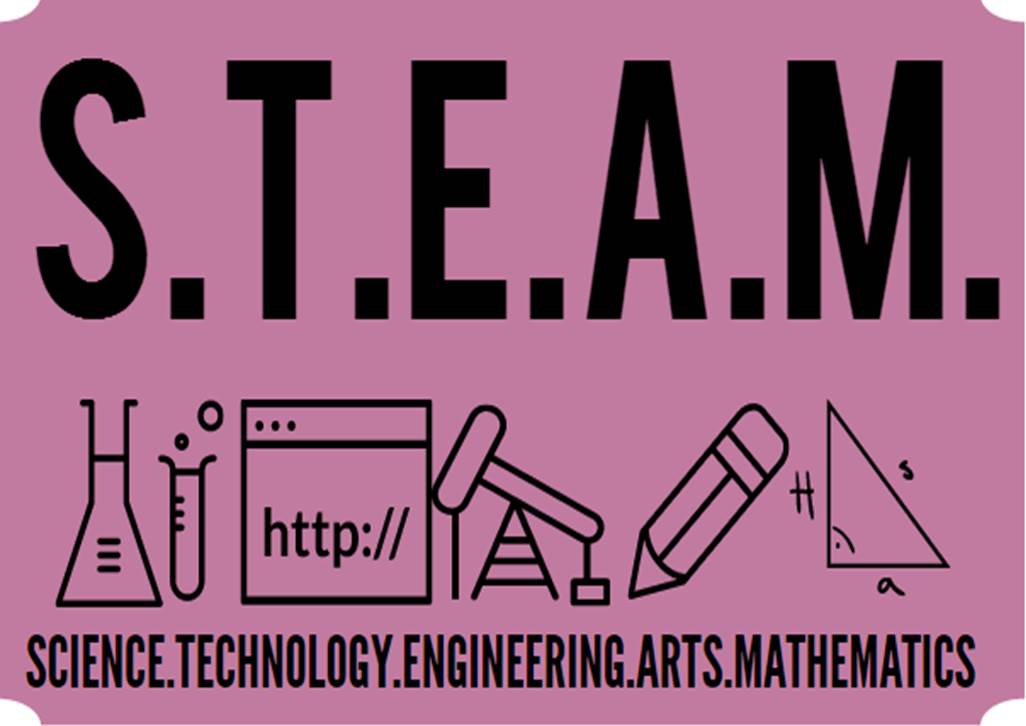RMS STEAM lecture series continues in 2017…
A lecture series that is designed for students in Year 10 and above although younger students and parents are welcome too. Our aim is to introduce you to various STEAM topics and inspire you to seek a STEAM related career.
STEM stands for Science, Technology, Engineering and Maths, but we believe strongly that there would be no "STEM" without the Arts – hence our decision to go for "STEAM".
Lectures take place in the NMH on the third Wednesday of each month. We start with tea and biscuits at 4.15pm followed by an approx. 40-mins talk starting at 4.30pm with questions at the end.
We are looking forward to meeting:
Dr Edina Rosta who will be talking about “Computational Chemistry and Biochemistry” on Wednesday 18th November
Dr Rosta is a Lecturer in Computational Chemistry at King's College London. Her team looks at the formation and cleavage of phosphate bonds, which are essential to most biological processes including reproduction, protein synthesis, signal transduction, energy storage, and transfer. The group uses computational methods to reveal the molecular mechanisms of how enzymes can achieve both high efficiency and specificity in catalysing phosphate hydrolysis and transfer reactions. Dr Rosta obtained her PhD with Arieh Warshel who won the Nobel Prize in Chemistry in 2013 so it's a real privilege she is coming.
Prof Alan Davies is joining us with a lecture titled “The Mathematics of Anamorphic Art” on Wednesday 15th March
Professor Davies is former Head of Physics and Mathematics at the University of Hertfordshire where he has been teaching mathematics to engineers, scientists and mathematicians for more than 30 years. He is the author of six undergraduate mathematics textbooks.
Anamorphosis provides a distorted picture which appears normal when viewed from a specific point or angle or when using an optical device such as a curved mirror. There are two types of anamophosis: direct view and mirror dating from the fourteenth and fifteenth centuries respectively. The mathematical description began in this part of the renaissance period with the development of the mathematical ideas of perspective. We shall look at examples of both types of anamorphosis and describe the mathematical transformations involved. A variety of examples ranging from the very earliest to the very recent will show both the artistic and the mathematical creativity of the artists.
Lavinia Harrington talk on “Myths & Masterminds of Renaissance Venice” will take place on Wednesday 17th May
Lavinia studied History of Art at Oxford University, where she graduated in 2008 with a first class honours. Lavinia specialised in the art of the Ballets Russes and the Renaissance before gaining an MA from the Courtauld Institute of Art (2010) focusing on 16 th century works on paper and Titian. She currently works for Art History Abroad and tutors History of Art in London and Paris. Her talk is going to add to the variety of our lecture series and remind us of the importance of creativity in STEM.
We hope many of you will be able to join us!
The Science department
